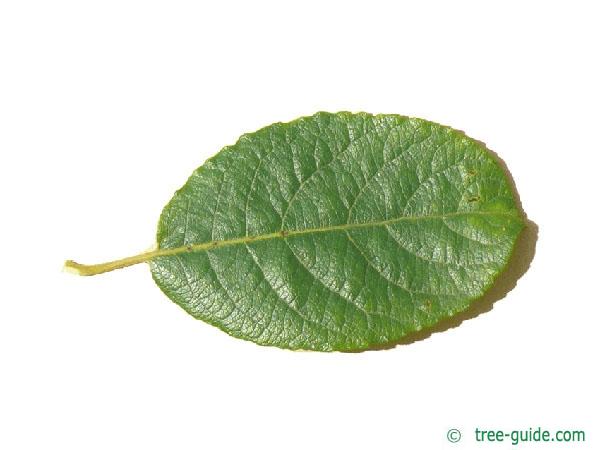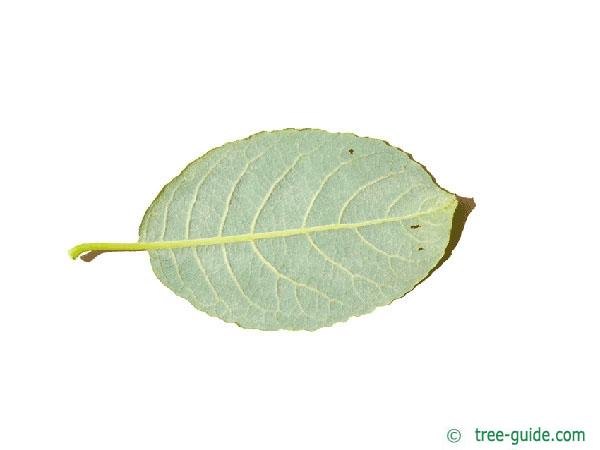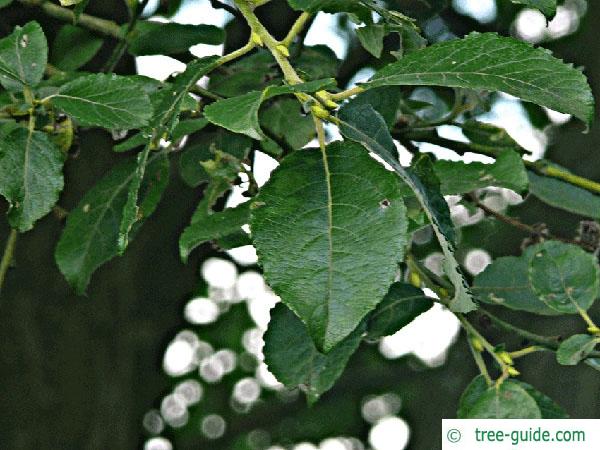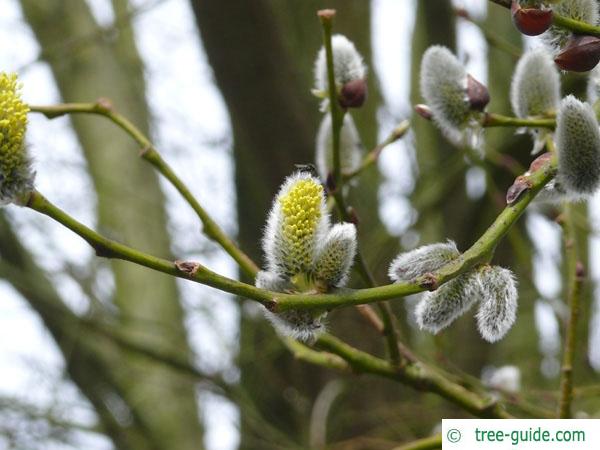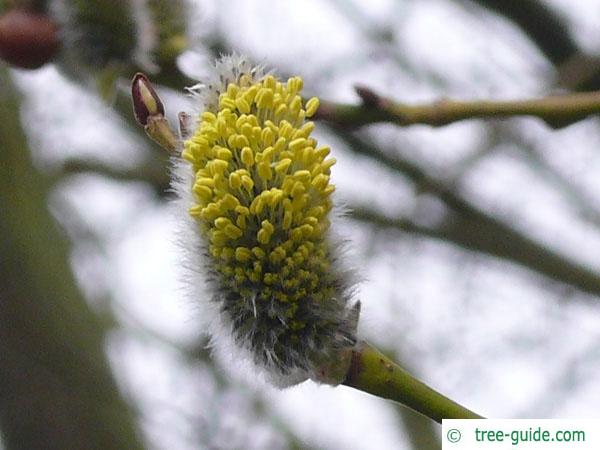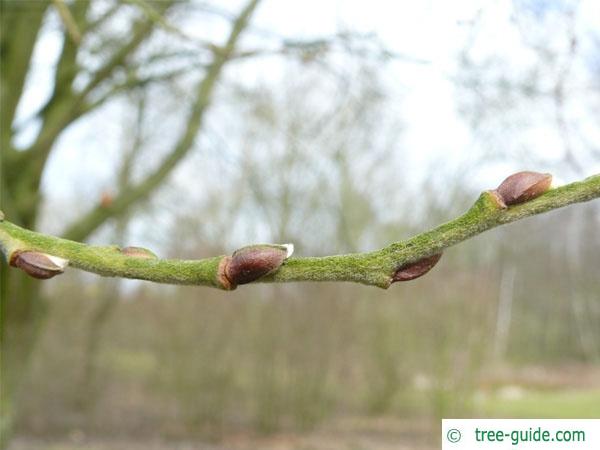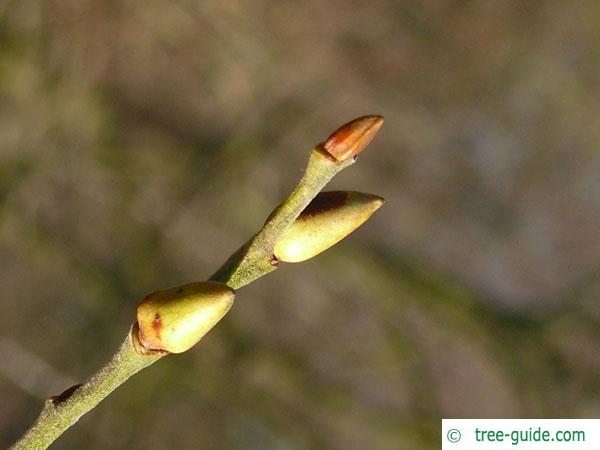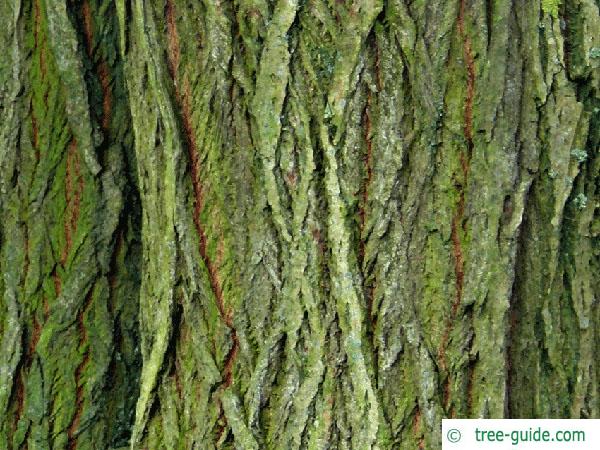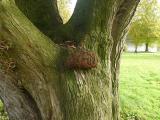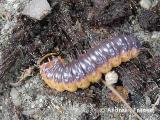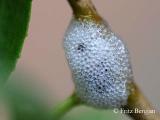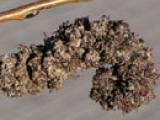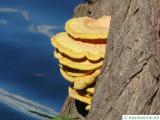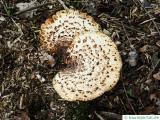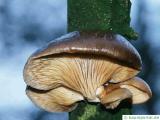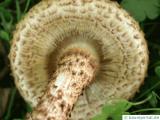Basisdaten
description:
The Goat willow is native to Europe and western and central Asia. Like all willows, the goat willow an important bee pasture.
Tree profile
name botanical:
Salix caprea
other name:
Pussy Willow
other name:
Great Sallow
family:
Willow family (Salicaceae)
species:
deciduous tree
height:
small tree up to 8 m (26 ft)
leaf:
The leaves of Goat willow are broadly elliptic, pointed and up to 10 cm (3.9 in) long. On the leaf upside it is green and little glossy. The leaf margins are finely toothed.
leaf shape:
ovoid
leaf position:
alternate
fall foliage:
yellow
flowering:
March - April
blossom color:
gray-white
blossom description:
The gray-white catkins of willow are 3 - 6 cm (1.2 - 2.4 in) large.
fruit:
Catkins from very small seeds, gray-green in color.
branches:
The twigs are greenish, thin and flexible. The buds are ovate acuminate greenish to reddish and slightly protruding.
bark:
The bark is smooth young, later fissured gray to black-gray.
root:
Shallow-rooting-plant, far reaching roots
location:
Sun to slight shade
soil:
sandy to loamy to strong loamy
ph value:
acidic to alkaline
usage:
pioneer plant, riverbank area







